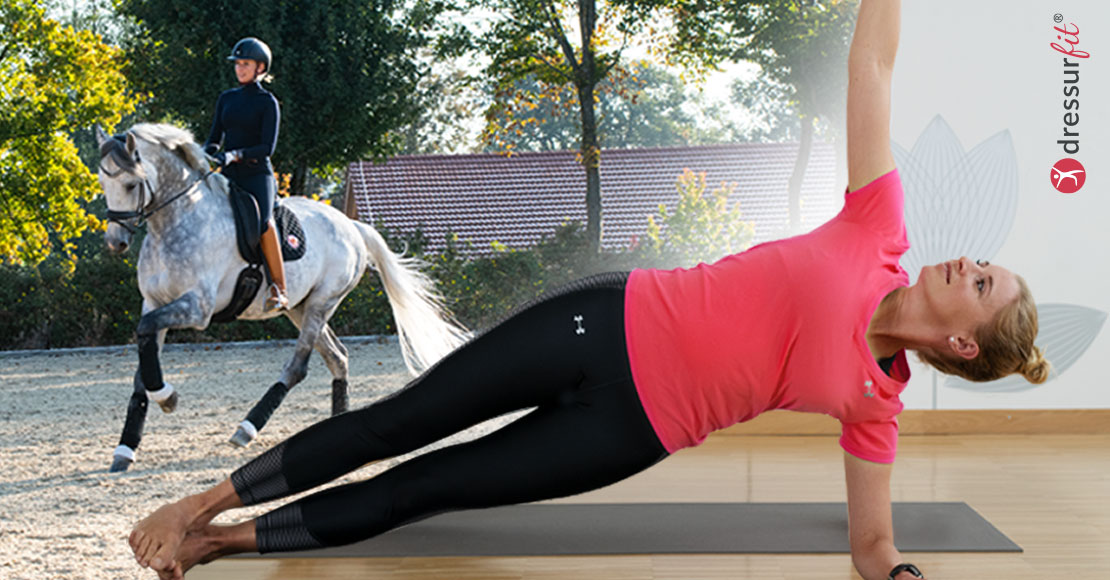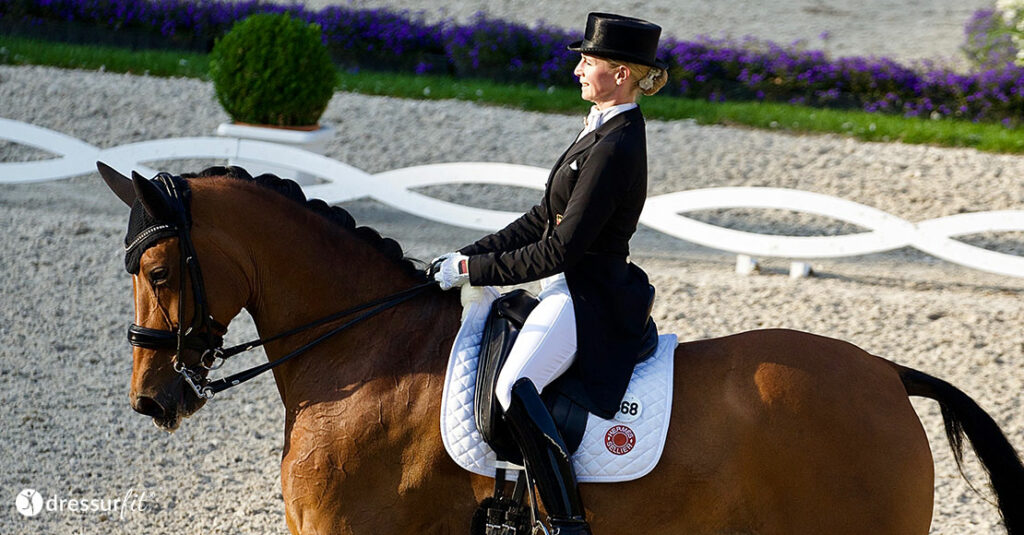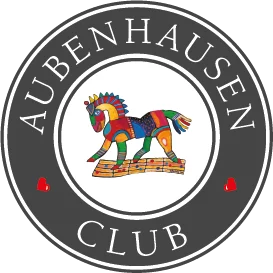
Become a Dressage Athlete!
In terms of fitness, both professional riders with eight horses a day, and the recreational rider with one horse a day, can benefit enormously from having a structured training programme. The recreational rider should concentrate their training on strengthening body tension and core stability, as well as resolving any small or large body imbalances that they may have. Routine daily life usually means that we tend to sit a lot. As a result, our muscles change. For example, thigh muscles and hip flexors become shortened and reduce the range of movement in your hips .
Sport resolves our shortfalls
Sport can help to correct any weaknesses or imbalances preventing us from getting the most out of our riding and the most out of our horse. Many riders can sit neatly in the saddle and they make the best of efforts to move with the horse. However, they lack the all-important body control to allow them to sit still and stable in the saddle. As a result, their aids become a somewhat ‘monotonous noise’ for the horse. Was the pressure on the horse’s belly a deliberate leg aid or was it inadvertently caused by a restless lower leg? Did the pressure on the reins mean anything or was it just a restless hand? The result is that the targeted and accurate communication between rider and horse is missing. Our goal is to have the overall package – stability, core-strength, balance and flexible joints. Only when the rider is fit and can take control of his or her own body, can they then sit relaxed and deep in the saddle. They then take control and shape the horse to their needs – in essence, they make everything look light and effortless. In addition, there is also a crucial point to consider when it comes to body-control, explains Jessi: “If I feel my own body better, then I also have a better feeling for my horse”.

The professional who has several horses to ride each day, must have the ability to adjust to different movements and optimise their seat with each different horse that they ride. They do not maybe have the weaknesses or imbalances that the recreational rider is faced with – who spends considerably less time in the saddle. For the professional to maintain continuity and a high performance on each horse they ride, a good physical condition is essential. Those who sit in the saddle for most of the day need strength, stamina and perseverance. Additionally, it is important for the professional to partake in other sports and fitness to compensate for the one-sided impact felt on the body, due to the lengthy time spent in the saddle.
Fitness expert Marcel Andrä explains that riders should be thinking long-term: “The more capable your body is, then the longer you stay healthy and stay injury free. A rider must be able to withstand and respond accordingly to the strength and movements of the horse – to compensate for the external forces placed upon it and to stay stable but relaxed in the saddle. This core stability not only improves the riders seat but it also has a long-term positive effect: a good level of core stability helps enormously in withstanding the stresses placed upon it by riding, therefore allowing the rider to continually pursue their passion.”
The Mobility and Stability of the rider
From a sports physiological point of view, the rider must be able to perform in two distinct areas: on one hand they must keep themselves mobile or flexible, and on the other hand they must retain good stability. “A flexible hip area is extremely important, as are spring-like ankles – these are examples of where a rider must be mobile”, says Marcel Andrä. “The body core however needs to be strong and stable, but at the same time the rider must be able to move their arms and hands freely and independently, WITHOUT losing their core stability. You have to sit relaxed on the horse, whilst at the same time keeping the body tension – and that is a big challenge when riding dressage”. To achieve this, the rider needs body control, agility, and fitness, and this can be achieved through performing targeted exercises and workouts. So, what does that mean for all riders: maintain that personal fitness level and become a dressage athlete! Sign up to our DressurFit® programme now!
